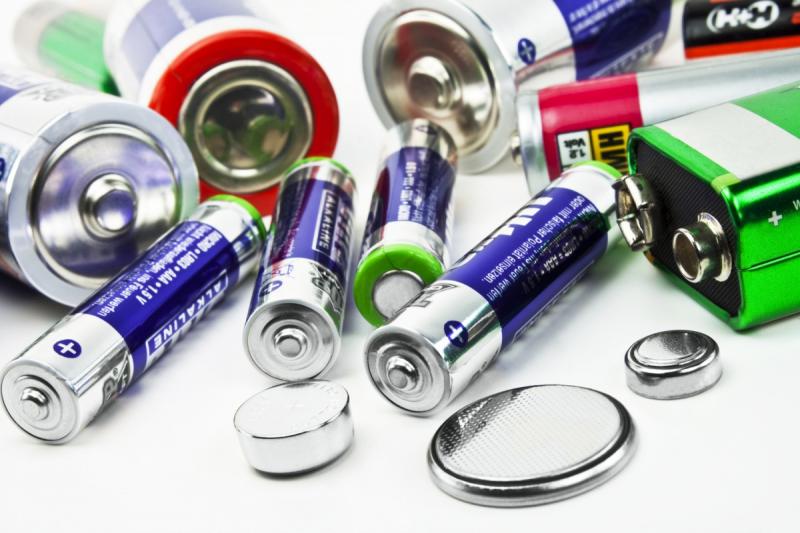In our increasingly mobile and fast-paced world, the demand for reliable and portable power sources has never been higher. Secondary battery also known as rechargeable batteries, have become indispensable solutions for powering a wide range of devices and applications. Unlike primary batteries, which are disposable and cannot be recharged, secondary batteries can be repeatedly charged and discharged, making them environmentally friendly and cost-effective options. The versatility of secondary batteries has led to their integration into various devices, from smartphones and laptops to electric vehicles and renewable energy storage systems.
One of the most common types of secondary batteries is the Lithium-ion (Li-ion) battery, renowned for its high energy density, lightweight design, and low self-discharge rate. Li-ion batteries power most of our portable electronics, providing extended usage times and enabling us to stay connected on-the-go. These batteries work on the principle of lithium ions moving from the negative electrode (anode) to the positive electrode (cathode) during charging and in the opposite direction during discharge. As a result, Li-ion battery have become the preferred choice for a wide array of consumer electronics, offering a balance between performance, efficiency, and safety.
As technology continues to evolve, researchers and engineers are actively working on improving secondary battery technology further. Efforts are being made to enhance battery efficiency, extend their lifespan, and address safety concerns, such as thermal runaway and battery degradation
